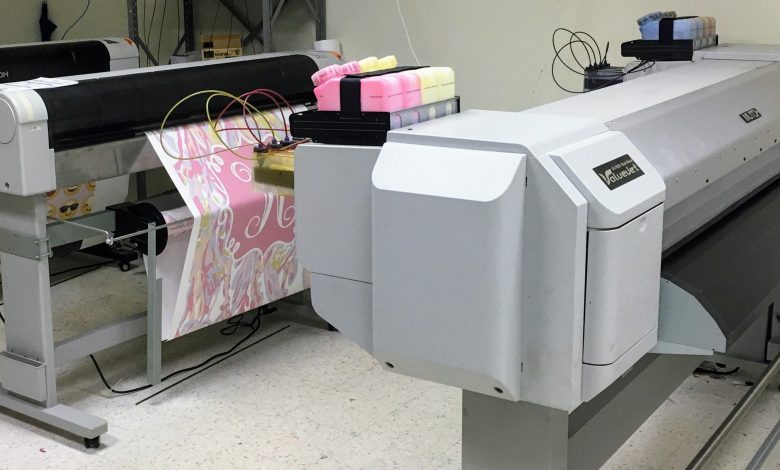6 Considerations for Wide-Format Sublimation
If you already do small-format sublimation but want to get into larger format, here are some things to think about.

This is a big step to take, so it’s important that the person, shop owner, or retailer understands what they are getting into. Though the production steps are pretty much the same on the surface, the actual process of large-format sublimation is quite specialized and has a learning curve that is steeper than that of desktop sublimation.
Here are things to consider when making the move:
- Wide-format printer – Research this closely to understand the differences in brands. Don’t focus on price, but rather, focus on features, throughput, and durability. You will also need to address the print field – how big of a printer will you need?
- Wide-format heat press – Again, research and focus on what you need to get the job done, not on the price tag. I strongly recommend a pneumatic press instead of a manual one. Also, the press needs to be larger than the largest image you can print.
- Work environment – Large equipment needs large space. It’s not just about accommodating the actual machinery but also substrate preparation and finishing areas.
- Utilities – A wide-format heat press requires a lot of power. You will probably need an electrician to add a dedicated circuit for it. And you will need compressed air for a pneumatic press.
- RIP software and color management – Research the options. This is a big step up from what you have been doing in terms of processing images for production.
- Graphics – Large area printing means large graphics. You or your art department will have to learn to produce images specifically for large applications. Things like all-over printing of shirts require some learning power to get it right.
Read more about the costs of wide-format versus small-format sublimation.